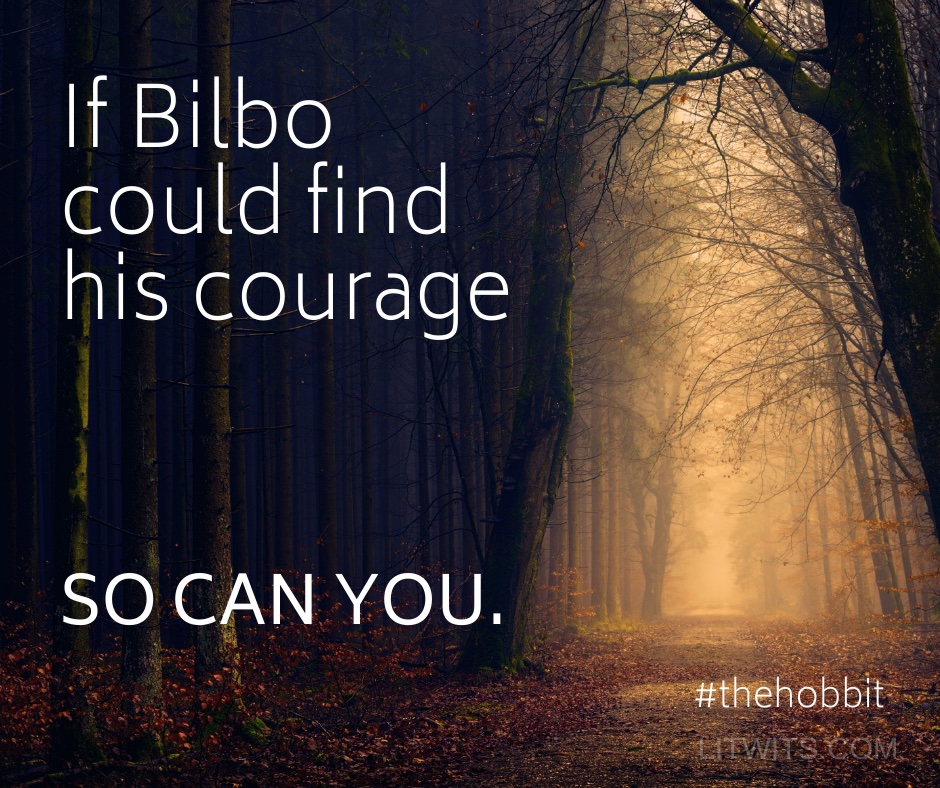When Things Get Hairy, Be The Hobbit
In the first few pages of The Hobbit, we learn that Bilbo Baggins is a homebody hobbit with a luxurious, well-regulated life, and he doesn't want it disrupted by any adventures, especially a dangerous quest to steal treasure from a dragon.
Sounds wise to us, doesn't it! Where's the problem? What's wrong with enjoying one's home, garden, meals, and friends? Who cares if others might find that boring? To each his own, right?

But this story wasn't written for adults who are looking for peace. It was written for kids—Tolkien's children, in fact, to help them challenge themselves to grow, and to find out what they're capable of. Because he knew the world is full of things to fear, and he wanted his children to be both brave and kind.
So he had Bilbo accept Gandalf's invitation to join the quest. He made the hobbit reflect on his brave Took ancestry, and feel embarrassed by the dwarves' mockery, and tap into his deep, dormant sense of adventure to sign up for it, despite his fear of what might happen to him.
Ah, fear of what might happen. Now that's the real problem! It's not Bilbo's boring life, or the missing treasure, or the danger ahead. It's FEAR. Here's The Conflict of the narrative arc, the Big Problem children can relate to.
Adults can too, of course. This story's timeless message applies to everyone, everywhere, in every time. It shows us that complacency can be mind-numbing—and that sometimes we don't know what we're missing until we find it. It also shows us that sometimes we don't know what we DO have inside us, until we're put on the spot to step up.
With Gandalf's confidence ringing in his ears, Bilgo takes small steps toward courage almost right away. His first efforts at valor fail, such as when he tries to take the knife from the trolls and gets stuck in a bush. But he keeps taking actions requiring more daring and skill, and eventually proves to the dwarves he's worth having along.
His leadership skills emerge too, in his compassion for Gollum and his strategies for crossing the river. By the end of the story, the little hobbit has not only faced his dragon, but helped his friends, through wisdom and foresight, to win a war.
WHO KNEW?
Gandalf knew. He knew Bilbo always had what it took inside—not just the Took blood inside his veins, but the courage and heart. And the great wizard knew the magic of believing in someone. And of course Tolkien, Gandalf's creator-counterpart, knew. He wrote The Hobbit for his sons, knowing there'd always be much to fear in this world, and that they'd need heroes to follow. That they'd find their own courage when needed. That they could be both brave and be kind.

Tolkien's small, hairy hero gives all children a model and a map for journeying toward adulthood. They too can step up, look out for others, face their dragons, and find a great treasure for life: the best of themselves.
Help yourself to our page of Creative Teaching Ideas for The Hobbit—we're sharing lots of fun, hands-on "ways in" to its valuable lessons.